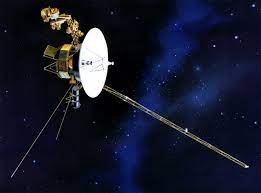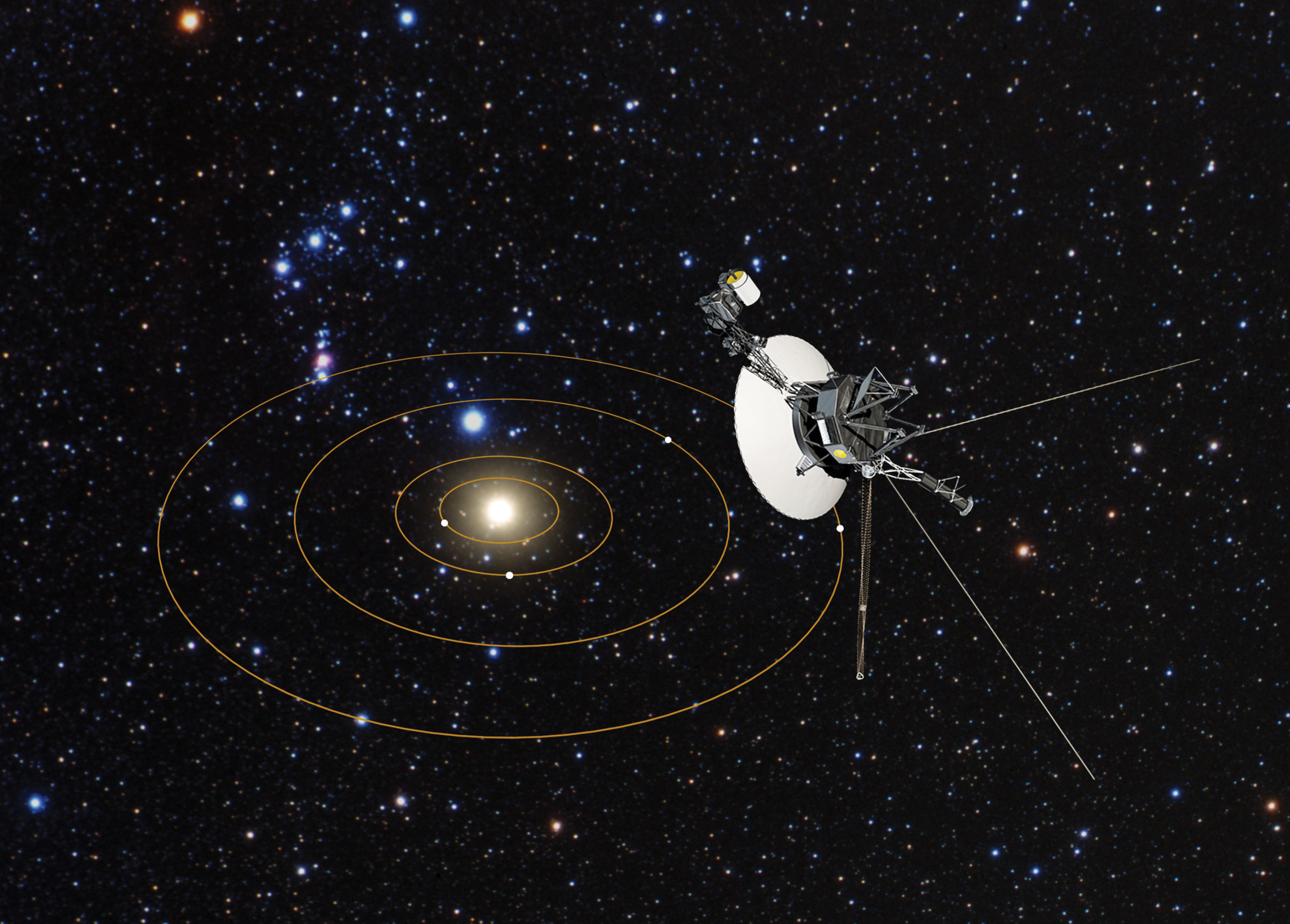In this article, I will discuss the intriguing concept of reactivating Voyager’s camera today. Voyager 1 and 2 have journeyed well past our solar system over 40 years in space
And the prospect of turning on their cameras brings a myriad of scientific and philosophical considerations. Let’s examine the implications and the challenges of making such a decision.
What is Voyager
NASA launched the twin spacecraft, Voyager 1 and Voyager 2, with the aim of exploring the outer planets. Voyager 2 was the first to travel to Jupiter, Saturn, Uranus, and Neptune. It was the only spacecraft to visit those planets.
Voyager 1 came next, cruising into interstellar space after snapping Earth’s famous “Pale Blue Dot” photo. Both spacecraft have far surpassed their intended missions, constantly sending data from the outskirts of the solar system.

Their radioisotope thermoelectric generators power and carry the Golden Record—an archive of Earth’s sounds and images—intended for any alien life forms they might come across.
Current Status of the Voyager Spacecraft
As of now, Voyager 1 and Voyager 2 have reached interstellar space, the region encompassing the solar system’s planets.
- Voyager 1: The spacecraft is now 15.4 billion miles away from Earth, retaining the title of most distant human-made object. Even at such distance, it continues to send data back to Earth.
- Voyager 2: Voyager 2 is 12.8 billion miles from Earth and is traveling in a different direction than Voyager 1.
Both spacecrafts still have some power left, albeit limited. Due to reduced energy options, many instruments are turned off. They are expected to begin their journey toward the Oort Cloud in about 300 years.
What is the Purpose of the Voyager Spacecraft?

The Voyager Spacecraft missions were designed to advance humanity’s knowledge of outer space, particularly the outer planets of our solar system. Their primary objectives included:
Voyager Planetary Missions: Voyager 1 and 2 spacecraft were responsible for fly-bys of Jupiter, Saturn, Uranus and Neptune. Voyager 1 and 2 were expected to provide in-depth scientific analysis of the moons, rings and magnetic fields of the planets as well as their atmospheres with capture images of them.
Advanced Spaces Mission Analysis: The voyager spacecraft were later directed to leave solar energy systems after the analysis. Voyager space craft claim the title of the first developed spacecraft to enter interstellar space. The spacecraft now aim to capture and study elements in the far past of the solar systems.
Communication with Extraterrestrial Civilians: Capable of casting sound image of earth into space, the spacecraft record was designed with the aim of serving as a greeting card to any advanced civilizations encountering the spacecraft.
Boost Space Scientific Studies: Scientific analysis of outer space and interstellar space involving Voyager missions guided scientist, more particularly solar system scientists, in the field of heliosphere, cosmic rays, and other elements of space beyond the solar systems.
Importance of the Voyager spacecraft in Space Exploration
Outer Planets First
The Voyager missions was the first to observe Jupiter, Saturn, Uranus, and Neptune up close. These encounters changed our understanding of the solar system forever because we were able to learn groundbreaking information about their atmospheres, rings, moons, and magnetic fields.
Pioneers of Interstellar Travel
Voyager 1 was the first contraption of mankind to enter interstellar space (2012) and Voyager 2 followed suit in 2018. Voyager missions changed our understanding of space as a whole, especially the area beyond the influence of our sun.
Long Time Data Collectors
The Voyager spacecraft continue to send data from over 14 billion miles away. Even decades after their launch, this constant surge of information provides valuable data on cosmic rays, wind, and magnetic fields.
Golden Record Message for Extra Life
Each spacecraft possesses a Golden Record containing sounds and images from Earth. If any intelligent life were to find the spacecraft, it allows humanity to reach out and try to communicate to other forms of intelligence.
Technological Advancements:
The successes achieved with the Voyager missions has built upon the deep space exlporation ‘foundation’ and spacecraft future designs, communication methods, and mission strategies during deep space exploration. The milestones of journey endurance and success showcases human innovation and the space exploration value.
Technical and Engineering Challenges

Power Constraints:
The Voyager’s power source, radioisotope thermoelectric generators (RTGs), is depleting steadily. According to the engineers, the spacecraft’s life can be extended if non-essential systems are turned off.
Distance and Time Lag Issues:
Signals emitted from Earth encounter a travel time delay of over 22 hours. With distance, the signal sent takes much longer to reach the spacecraft, making real-time communication impossible.
Aging Technology:
The Voyager spacecraft’s computers and instruments were developed in the 1970s. It poses a tremendous challenge to ensure that all these systems are operational as well as compatible with more recent technology.
Environmental Hazards:
Micrometeoroid impacts, extreme temperatures, and space radiation are some of the environmental hazards the Voyager spacecraft encounters and all of them can cause degradation of the instruments and sensors with time.
Conclusion
To sum up, sparking the camera on Voyager today would give Voyager unprecedented views of the void of interstellar space, but it is highly improbable to capture new pictures of the Earth or the solar system.
The engineering difficulties, power limitations, and sparse scientific return all constitute an unworthy task. Nonetheless, the legacy marked by the journey of the Voyager spacecraft continues to remind and motivate humans regarding their exploration activities.








